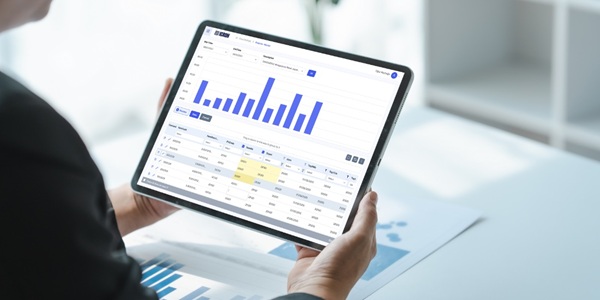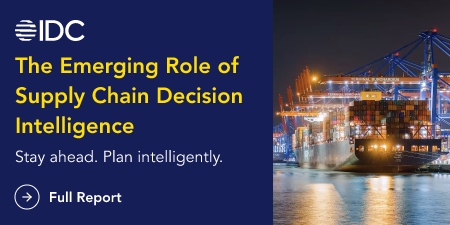
Author: Shermaine Liu
What Is Inventory Optimization In Supply Chain?
Inventory optimization is a critical function for supply chain companies, many of whom have to handle diverse and ever-changing product portfolios. It entails achieving the right balance between capital investments or service levels goals while maintaining the right level of stock-keeping units.
Without a doubt, supply chain executives have a conflicting relationship with inventory. On the one hand, they want to keep stock to ensure they are able to always satisfy demand and avoid stock-outs. On the other hand, they want to minimize the amount of the stock they have as it ties up capital. This, I suppose, is the nature of inventory: you hate it, but you can’t live without it!
I can see the rationale for each of the two sides of the issue – stock minimization and stockpiling.
On the stock minimization side, the argument is that stock is a liability from a financial perspective. Companies often invest a significant amount of money in inventory, and then simply store it in a warehouse. This means that inventory (if it’s not sold) can be a major source of expenditure and debt, and at the same time a loss of financial investments that could have been realized if the capital had not been tied to inventory. Companies should thus strive to minimize the amount of stock they hold – keeping this as close to zero as possible.
The other side of the argument is that stock is a source of potential profits. Companies need enough inventory to be able to consistently fulfill market demand and generate revenue, and should therefore build up and store a healthy amount of stock. Opting not to stockpile inventory can lead to stock-outs and missed sales opportunities – which can take a tremendous toll on the bottom line. This “fear of missing out” on potential profits is why many companies – although they complain about the costs of inventory – don’t dare to lower their stock levels.
Although both arguments have some validity, the ultimate solution to the “Inventory Optimization” is not stockpiling or stock minimization, and both approaches (if they are not executed in an intelligent and strategic manner) can have a devastating financial impact (leaving companies with too much or not enough stock).
Why Is Inventory Optimization Important?
Indeed, the solution to the “Inventory Dilemma” is inventory optimization – which means keeping the optimal amount of stock so that you can satisfy demand and avoid tying up cash. Companies that achieve inventory optimization are able to perfectly calibrate their inventory levels to ensure that they always have the right amount of the right products in the right locations at the right times.
Easier said than done, of course, which is why more and more companies are implementing integrated, automated planning and decision-making optimization systems to help them gain visibility and control over their end-to-end supply chain networks and solve their “Inventory Dilemmas”.
How Do You Optimize Inventory?
Transforming inventory from a source of soaring costs into a driver of competitive advantage requires a well thought out strategy. Having an optimized inventory can impact your bottom line positively.
One of the ways to achieve inventory optimization is through multi-echelon inventory optimization – ensuring that you have just the right amount of stock in the right places at the right times to satisfy demand and slash costs, so that you can consistently deliver products to customers and profits to shareholders.
The right strategy and tools are important to achieve inventory optimization. Ideally it should equip you with the ability to:
- visualize and control inventory levels across your end-to-end supply chain network,
- synchronize inventory with demand and supply using data driven insights, advanced analytics, and scenario management,
- and optimize your inventory planning, decision making, deployment, and management.
If you would like to see ICRON in action, please contact us. If you have enjoyed this blog, you can find more content that you might enjoy here.













